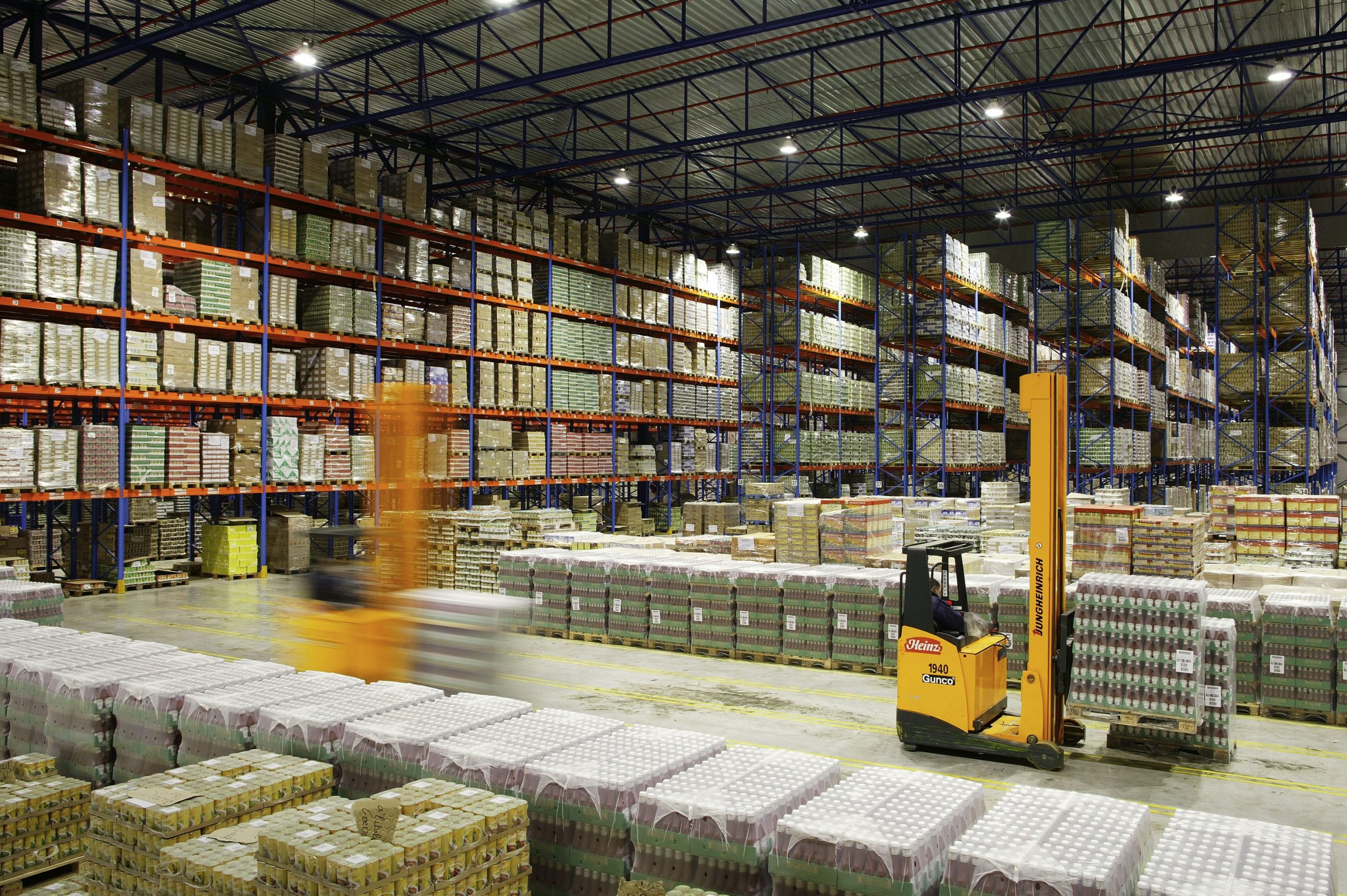How to find out what to measure and why
Logistics companies all have benchmarks that they need to meet in order to get their goods delivered in a reasonable timeframe and at the lowest cost possible.
KPIs are the essential link in the chain between performance and output, action and result.
We all know KPIs are important, but where do you begin tracking them, and which ones should you track?
It all comes down to your objectives.
What exactly do you want to improve?
What gets measured gets managed, and what gets managed gets better.
It would be a good idea to list the areas of your logistics operation that you know could do with some enhancement.
This list will lead you towards the exact KPIs you need to implement to ensure progress.
This article will outline some of the most common and important KPIs relevant to the logistics industry.
What are the most important logistics KPIs for you?
Firstly, let’s define a logistics KPI: it’s a metric that measures a logistics business’s performance and optimises all processes as efficiently as possible.
Typically, these measurements relate to transportation, warehouse, and supply chain operations.
Here are what we think are the most relevant KPIs to your industry:
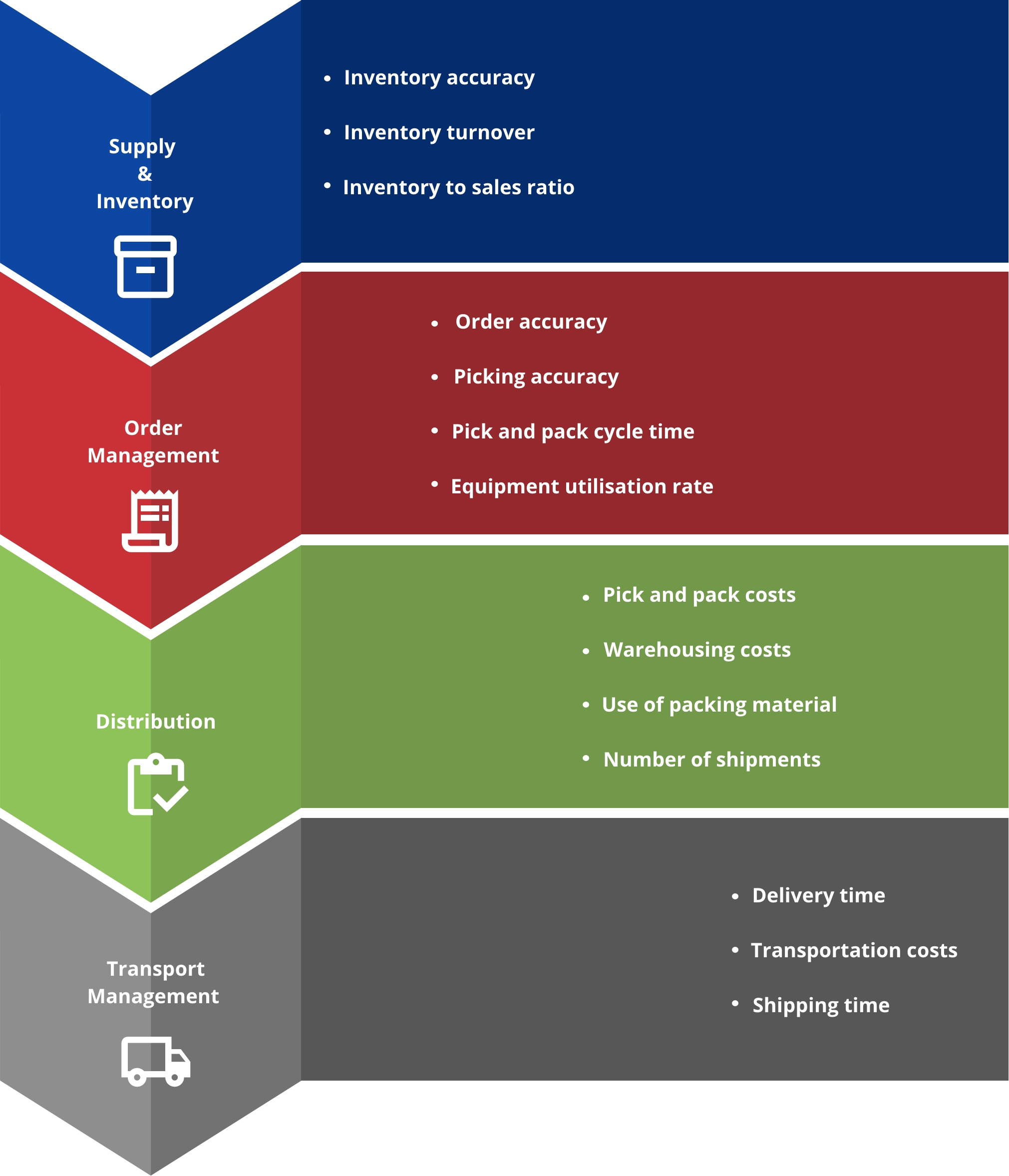
Below is a bit of information on each of these KPIs, so you can see how they might affect the performance of your business.
What are these KPIs, and what do they mean?
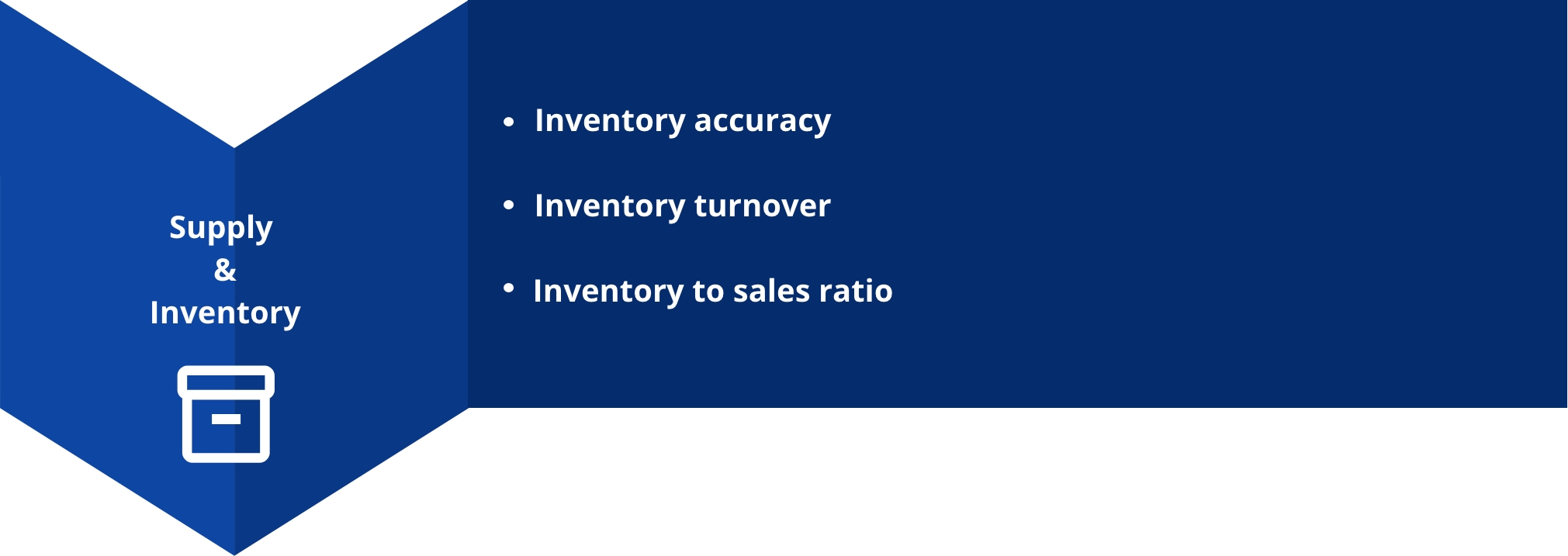
Inventory accuracy
Inventory accuracy is a critical metric for the correct functioning of your warehouse. A reliable inventory can quickly identify receiving, shipping, or accounting issues. In contrast, an inaccurate inventory can lead to unexpected backorders, disgruntled customers, and costs.
KPI
It is normal to have some discrepancies between the actual inventory and what you have documented. However, you want the correlation to be 90% or above.
Inventory turnover
Inventory turnover is one of those measurements that is an indicator of success in many areas, such as production planning, process, marketing, and sales. This metric tracks how many times your whole inventory sells. Different industries will have varying turnover rates, but a low turnover rate can point to an inability to turn stock into sales.
KPI
Find the industry benchmark for inventory turnover and compare your number against it. Seek to exceed the industry average.
Inventory to sales ratio
This metric compares how much inventory you have with the count of sales brought in. This measurement can help you see whether or not you are overstocking or understocking your warehouse. Combine this measurement with other metrics such as inventory turnover or the cost of inventory to make better management decisions.
KPI
The inventory to sales ratio KPI will depend on the business you are in and how much extra stock you need to meet demand without delays. You don’t want it too high as your inventory turnover rate will be low. Still, you do need enough inventory to satisfy your customers.
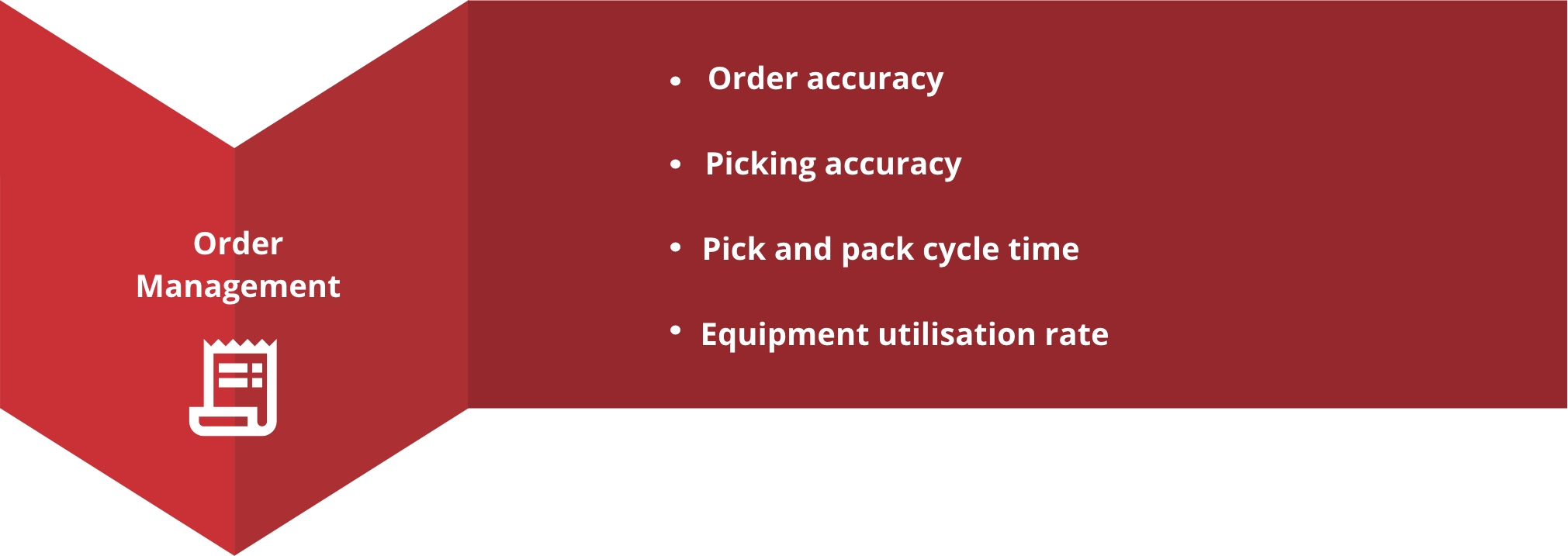
Order Accuracy
The order accuracy also relates to your supply chain efficiency. It tracks the number of deliveries that occur without problems in the process. That includes shipping and delivery within expected times. The product is correct, and the goods arrive in new condition without damage. This metric is important as paying attention to it can help keep your customers satisfied with your product or service.
KPI
The better your perfect order rate, the better the reputation of your business. You will also need to accept returns less frequently, saving you money.
Picking accuracy
If you are concerned about your pick and pack process, picking accuracy is a metric you’ll want to track. It measures the percentage of orders picked without errors compared with the total number. This metric is directly related to customer satisfaction levels, as it controls whether or not they get their desired correct order.
KPI
You can measure picking accuracy based on the number of returned orders. Still, it would help if you also did random checks to ensure your processes are consistent.
Pick and pack cycle time
This metric is the time from when an employee picks an object from a shelf to the time they complete packing. You can investigate ways to speed up the pick and pack process by measuring this number.
KPI
You should set pick and pack time targets that consider the number of orders and your available workers.
Equipment utilisation rate
The equipment utilisation rate measures the use of machinery in the various processes involved in your warehouse. If your rate is over your target or even at the limit, it may indicate that you need to invest in more equipment to boost performance.
KPI
An optimal equipment utilisation rate would be between 70-90%, as you are using what you have. But at that rate, employees don’t need to wait for the machinery to become available.
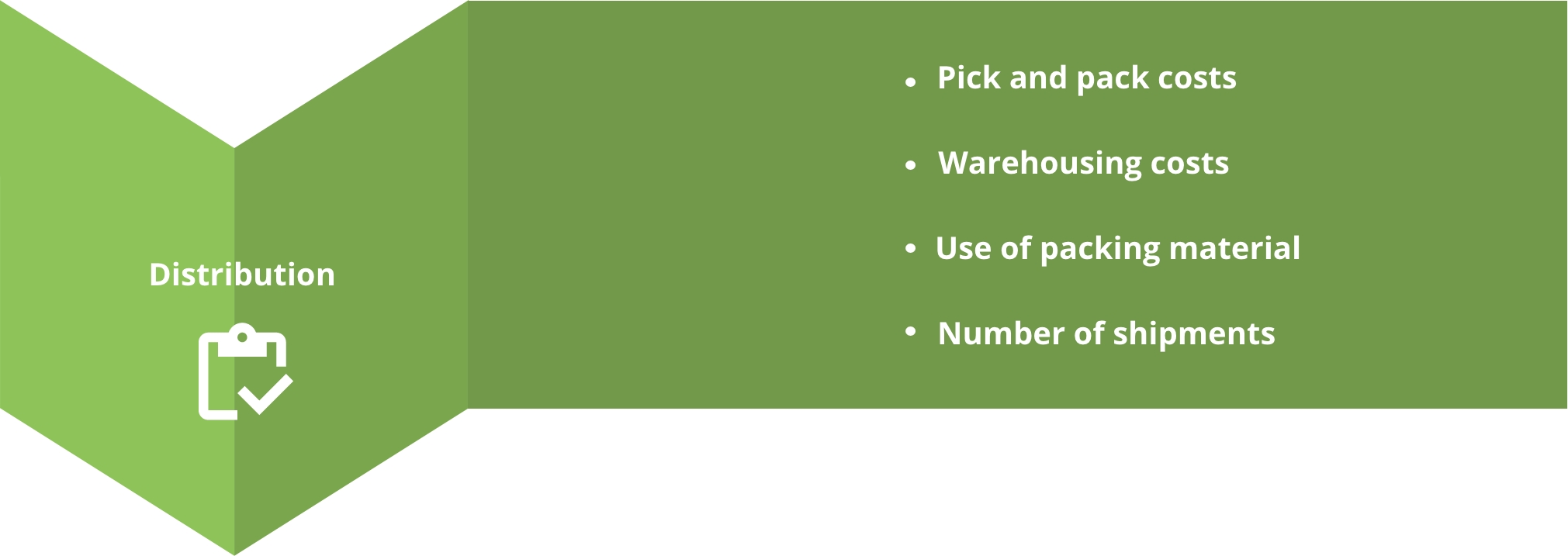
Pick and pack cost
The pick and pack cost metric tracks any expenses related to picking and packing your orders. Specifically, you might consider costs associated with the workforce, packaging materials, and equipment.
KPI
You want this metric to be as low as possible. One way of doing this is to try out different picking and packing methods to see which are the most cost-effective for your operation.
Warehousing costs
The management of warehousing costs is actually the management of space and time. Warehousing costs include equipment, ordering, storing, and loading goods, labor, shipment, and delivery. There are many costs relating to warehousing, and it is not always a simple task to track them all, but it will add much value.
KPI
Review your warehousing costs regularly to help you improve on your baseline, keeping expenses down while maintaining a high standard of service.
Use of packaging material
Your use of packaging material will affect the cost and the safety of your products as they are delivered. Practices such as packaging small items in big boxes are not only inefficient. They could lead to breakages and waste. These days, you may also need to consider sustainable packaging choices.
KPI
Set a KPI around the size of packing boxes to use on specific items to avoid a waste of resources. Your employees should know the best practices for packaging your items.
Number of shipments
It’s a good idea to keep an eye on the number of shipments completed from your warehouse, as it can give you an insight into rush periods over holidays or other times of the year. After you have this data, you can plan for those times and be more prepared.
KPI
Monitor the number of shipments and break this overall number down into smaller categories based on geography (countries, regions) or even types of products.
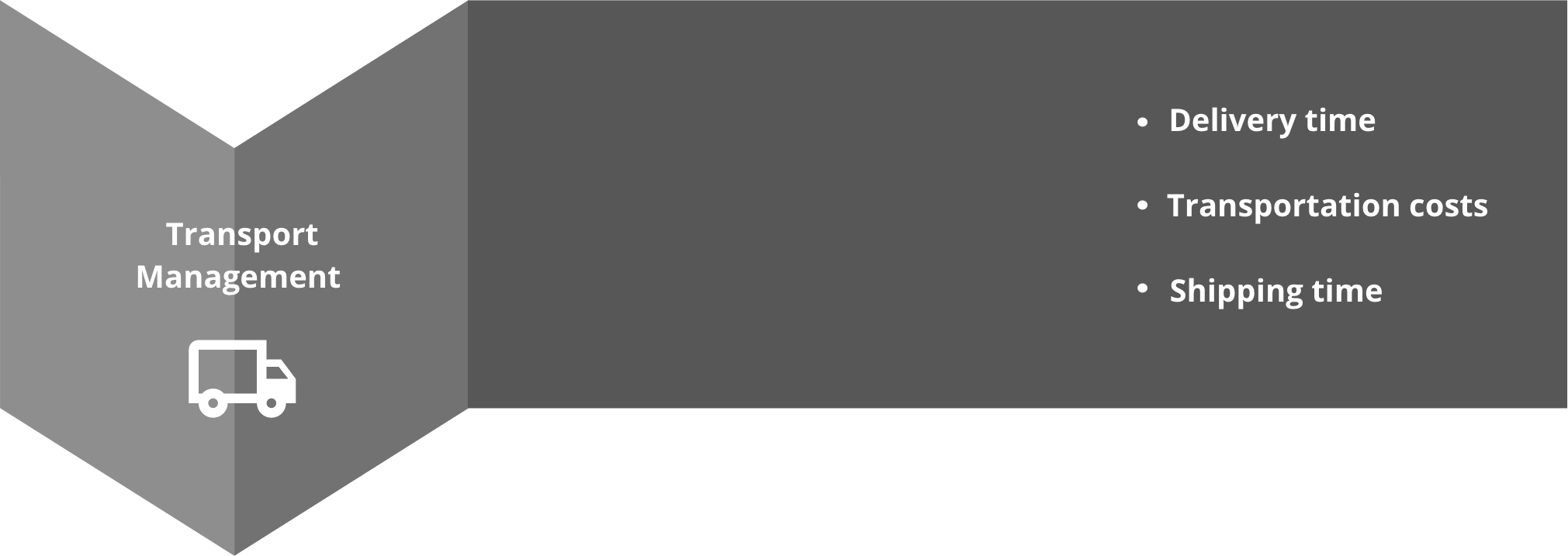
Delivery time
You take the average delivery time from when the customer places the order to when it arrives with the customer or post office. You need to know how long it takes for your items to come. That way, you can work towards reducing that time. Also, it will help you to be more precise with your delivery estimates, which is favourable for customers.
KPI
This KPI helps set your customer’s expectations accurately. Hence, they know when their items will arrive, making your service more efficient and convenient.
Transportation costs
Average transportation costs include all expenses from order placement to its delivery. Usually, logistics software will break down these costs into categories to help you identify the most costly areas of your operation. It may cite breakdowns such as order processing, administrative, inventory carrying, warehousing, and transportation.
KPI
Set a KPI that aims to lower transportation costs without any decrease in delivery accuracy or efficiency.
Shipping time
On-time shipping performance measures the number of orders you have shipped before or on the quoted ship date compared with the total number of orders made. This metric relates to your supply chain performance. If there are lengthy delays between when a customer places an order and it is shipped, this could point to problems in your processes.
KPI
Once you understand your average shipping time, you can then set a KPI to improve upon it.
Need help with establishing KPIs for your logistics business?
At National Food Institute, we also have a specific logistics arm, National Logistics Institute. We partner with large organisations to help improve their efficiencies by establishing relevant and helpful KPIs as part of their systems.
When it’s your responsibility to successfully manage a well-established, high revenue business, it can be hard to know where to start when making improvements.
That’s where National Logistics Institute comes in to help you understand what needs to change and why to get you where you want to be.
Contact us at National Logistics Institute today.

